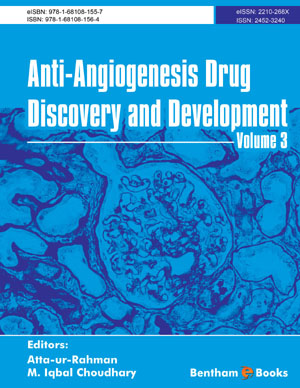Abstract
The contribution of metal compounds to oncology is well-known due to the clinical relevance of cisplatin drug and its analogues in current Platinum Cancer Chemotherapy. The undesirable drawbacks, e.g., limited range of treatable cancers, tumor resistance and serious side-effects, associated to the use of platinum drugs, nevertheless, account for the developing of new alternative metal-based anticancer drugs. A number of promising ruthenium compounds exerting anticancer/antitumor activities has been reported in the last decades and significant progress was achieved with the entrance of the anti-metastatic NAMI-A and the cytotoxic KP1019 (and its analogue KP1339) Ru(III) compounds into human clinical trials. Selected Ru-based drugs considering the diversity of structures and oxidation states as well as the distinctly different chemical, biochemical and pharmacological activities (e.g., anti-metastatic or cytotoxic activities in tumors) are discussed in this chapter, updating the 2010 review by the same author. The two classical Ru(III)-based drugs and different families of Ru(II)- organometallics are presented. The chapter includes also the novel class of diruthenium(II,III)-(pharmaceuticals) metallodrugs, with focus on Ru2(II,III) metal-metal bonded cores coordinated to ligands derived from pharmaceuticals such as nonsteroidal anti-inflammatory drugs or the γ-linolenic acid, targeting glioma cancer therapy.
Keywords: Anticancer, antitumor, cytotoxicity, diruthenium(II, III), glioma, γ- linolenic acid, metal-based drugs, non-steroidal anti-inflammatory drugs, ruthenium(II), ruthenium(III).






















